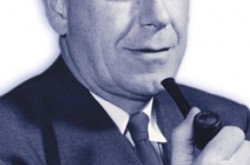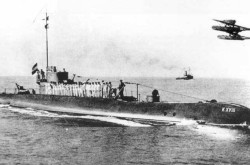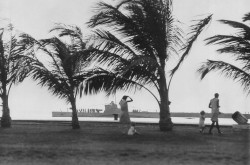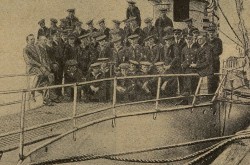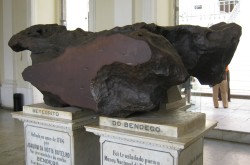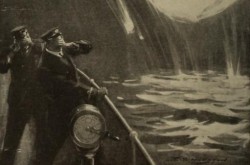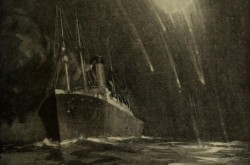Working for the weekend: how job safety is rooted in science
This article was originally written and submitted as part of a Canada 150 Project, the Innovation Storybook, to crowdsource stories of Canadian innovation with partners across Canada. The content has since been migrated to Ingenium’s Channel, a digital hub featuring curated content related to science, technology and innovation.
Bryson Masse
Algonquin College Journalism Program
In 1974 a three-week wildcat strike at the Elliot Lake uranium mines provoked the Ontario government to action. Workers were suffering from the effects of working in hazardous environment. And the threat of injury did not end after leaving work; years of inhaling silica dust often caused the miners to suffer from silicosis and lung cancer. A professor from Toronto was asked to helm the inquiry that was called for during the workers’ job action.
That professor’s name was James Milton Ham. His commission’s work and recommendations became the predecessor for the Occupational Health and Safety act. The commission returned with over 100 recommendations that shifted the landscape and ensured that all Ontarians – and later Canadians and international workers – are protected on the job.
Born in Coboconk, Ontario, Ham had a successful academic life. He received his BSc at the University of Toronto in 1943, after which he earned his science doctorate at the Massachusetts Institute of Technology.
He later introduced the theories of automatic control during his tenure as a professor at the University of Toronto. Ham moved up the ranks to become the president of the University from 1978 to 1983. James Milton Ham was made an Officer of the Order of Canada in 1980 and was inducted posthumously into the Canadian Science and Engineering Hall of Fame in 2014.





